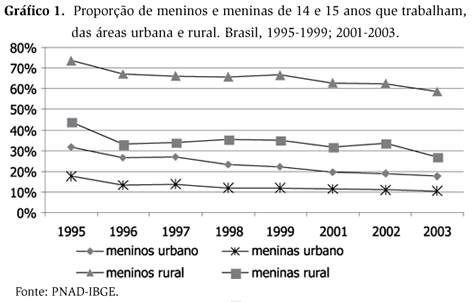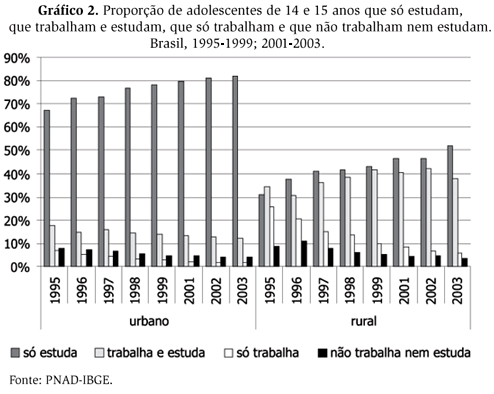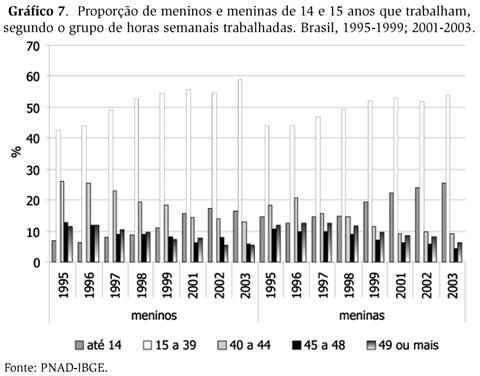In 1998 the child labor legislation was amended restricting the employment to minors under sixteen instead of fourteen. Using data from household surveys (PNAD) it is possible to observe a decline in the percentage of 14 and 15 year-old children working in the decades. This paper examines whether a federal law restricting the employment of child labor contributed to this decline. Using a probit model and pooling the cross-sectional data from 1995 to 2003, we observe statistically significant coefficients for the variable representing the change in the legislation for boys and girls in the urban and rural areas. Therefore, it can be inferred that the legislation contributed to a decrease in the percentage of teenagers working in the labor market, although it did not eliminate child labor.
minimum age to work; teenager work; change in the legislation; public policy evaluation









